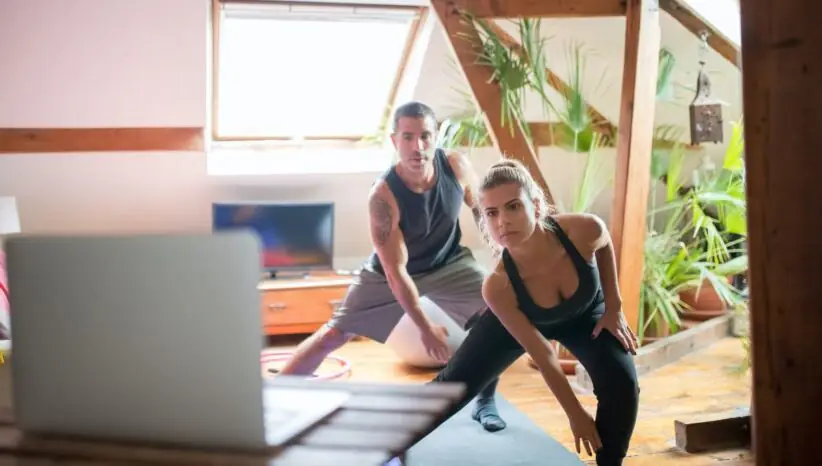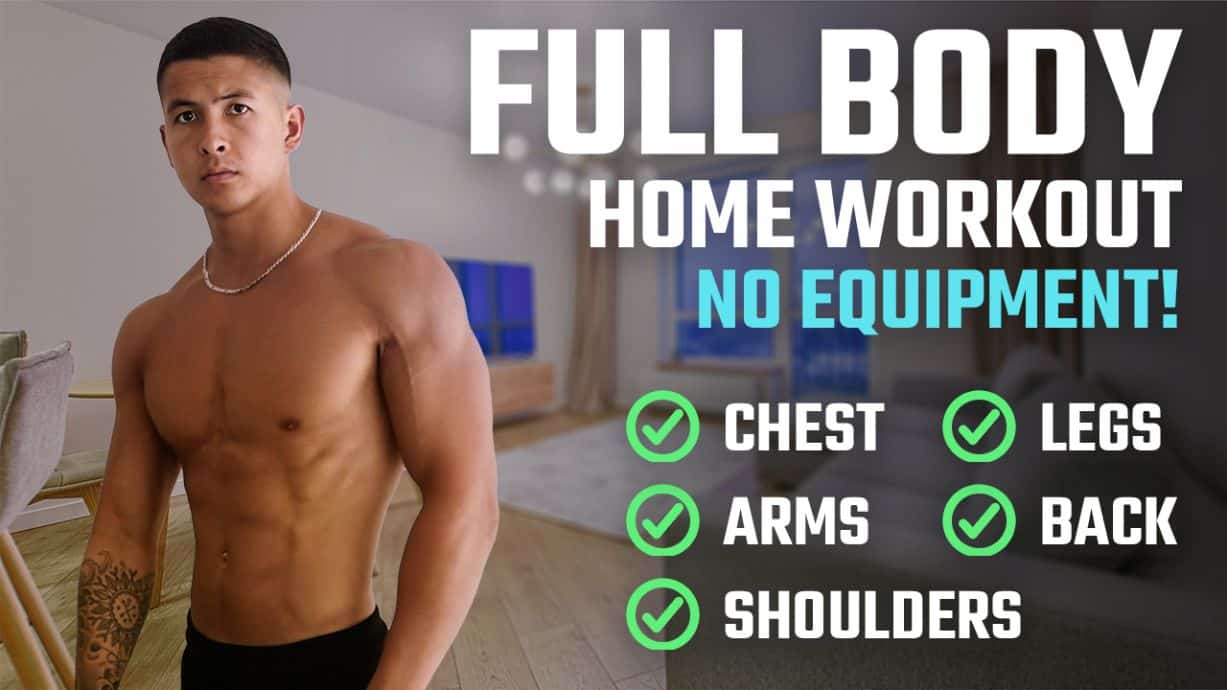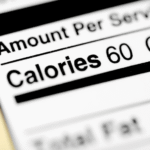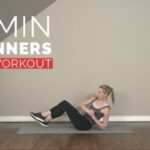Starting an exercise routine at home is easy and effective. Bodyweight workouts, Home workout use your own weight as resistance. They build strength and fitness without special gear. They can improve your muscles, bone health and balance. Health experts say bodyweight moves are great for building strength and muscle mass while managing weight. The U.S. guidelines advise adults to include muscle-strengthening exercise at least two days a week. This plan will help you get started safely.
Benefits of Bodyweight Training
- Builds strength: Moves like squats and push-ups build muscle and bone strength.
- Full-body workouts: Simple exercises engage legs, core, arms and back all at once.
- No equipment needed: All you need is space. (A chair or step can substitute for some moves.)
- For all levels: You can make exercises easier or harder as you improve.
- Health boost: Beyond muscles, bodyweight workouts can improve balance, mood and metabolism.
Regular bodyweight training gives you meaningful gains, especially as a beginner. Even if you skip the gym, home workouts are effective. Experts note doing just 2–3 strength sessions per week can yield significant improvement.
A woman performing a bodyweight squat. This exercise works the legs and core. Squats are a key part of the workout. Keep your chest up and push through your heels as you stand. Over time, try slowing down the motion or adding more reps for a challenge.
A person holding a forearm plank. The plank is a core exercise that strengthens your abs and back. Try holding it for 20–30 seconds per set and gradually increase time. Good posture (a straight line from head to heels) protects your back and improves balance.
Weekly Workout Plan

Aim for 2–3 full-body workouts per week. Beginners often do this on alternating days (for example, Monday, Wednesday, Friday). This spacing gives muscles time to recover. On other days, rest or do light activity like walking or stretching. (SRC-NerdFitness)
Sample Routine (3 days a week): Warm up for 5 minutes (jog in place or jumping jacks). Then do each exercise:
- Squats: 2–3 sets of 10–15 reps. Stand with feet hip-width and bend knees to squat, then stand up.
- Push-ups: 2–3 sets of 8–12 reps. If regular push-ups are too hard, do them on your knees.
- Lunges: 2–3 sets of 10–15 reps per leg. Step one leg back and bend both knees, then switch legs.
- Glute Bridges: 2–3 sets of 10–15 reps. Lie on your back, lift hips up squeezing your glutes, then lower.
- Plank: 2 sets, hold 20–30 seconds. Keep your body in a straight line on forearms or hands.
- Optional: Do Supermans or back extensions (3×8–10 reps) to work your lower back, or Chair dips (2×10 reps) to work triceps.
Rest 1–2 minutes between sets. After the circuit, cool down with 5–10 minutes of gentle walking or stretching. Focus on your breathing and stretch your legs, arms and back.
Repeat this routine about 2 or 3 times per week. For example, a Monday-Wednesday-Friday schedule works well. On Tuesdays or Thursdays, you can take a walk, do yoga or just rest. The key is consistency: try to stick with the plan each week.

Tips for Beginners
- Warm up first: Start with dynamic moves (arm circles, light jogging) to get your blood flowing.
- Mind your form: Do each move slowly and correctly. Good alignment is better than more reps.
- Modify if needed: Begin with easier versions (like knee push-ups) and fewer reps. Then increase as you get stronger.
- Go slow and steady: You can also slow down each exercise (for example, count to 3 on the way down) for a bigger challenge.
- Use rest days: Give your muscles about 48 hours to recover between hard workouts. On rest days, do gentle activities or stretches.
- Listen to your body: Some soreness is normal, but stop if you feel sharp pain. If you’re too sore to do the next workout, take an extra day off.
- Track progress: Write down what you did or use an app. Celebrate small wins, like doing one more push-up or holding a plank longer.
- Stay positive: Remember every workout helps. Focus on feeling stronger and healthier, not just on looks.
Even short workouts help. Just 20–30 minutes of bodyweight training, a few times a week, can make a big difference. Stick with it and you will improve over time.
FAQ
How long until I see results?
It depends on you. Typically, you will feel stronger in a few weeks of regular training. Visible changes in muscle tone often take about 6–8 weeks of consistent workouts. The important thing is to keep going and eat well.
Can I work out every day?
It’s great to stay active every day, but do not train the same muscles hard each day. Plan to have 1–2 rest or light-activity days per week so muscles can heal. On “off” days, do some gentle exercise (walking, yoga or stretching) to help recovery.
How many days a week should I train?
For a beginner, 2–3 days per week of full-body workouts is a good start. This might be Monday, Wednesday and Friday, for example. Other days can be for rest or light cardio.
What if an exercise is too hard?
It’s okay! Use an easier variation. For example, do push-ups on your knees or squats with a higher seat (like sitting back on a chair). You can also do fewer reps or rest more between sets. As you get stronger, gradually try harder versions.
Stay consistent and patient. Over time, you’ll build strength and confidence with these bodyweight workouts, all from the comfort of home!










